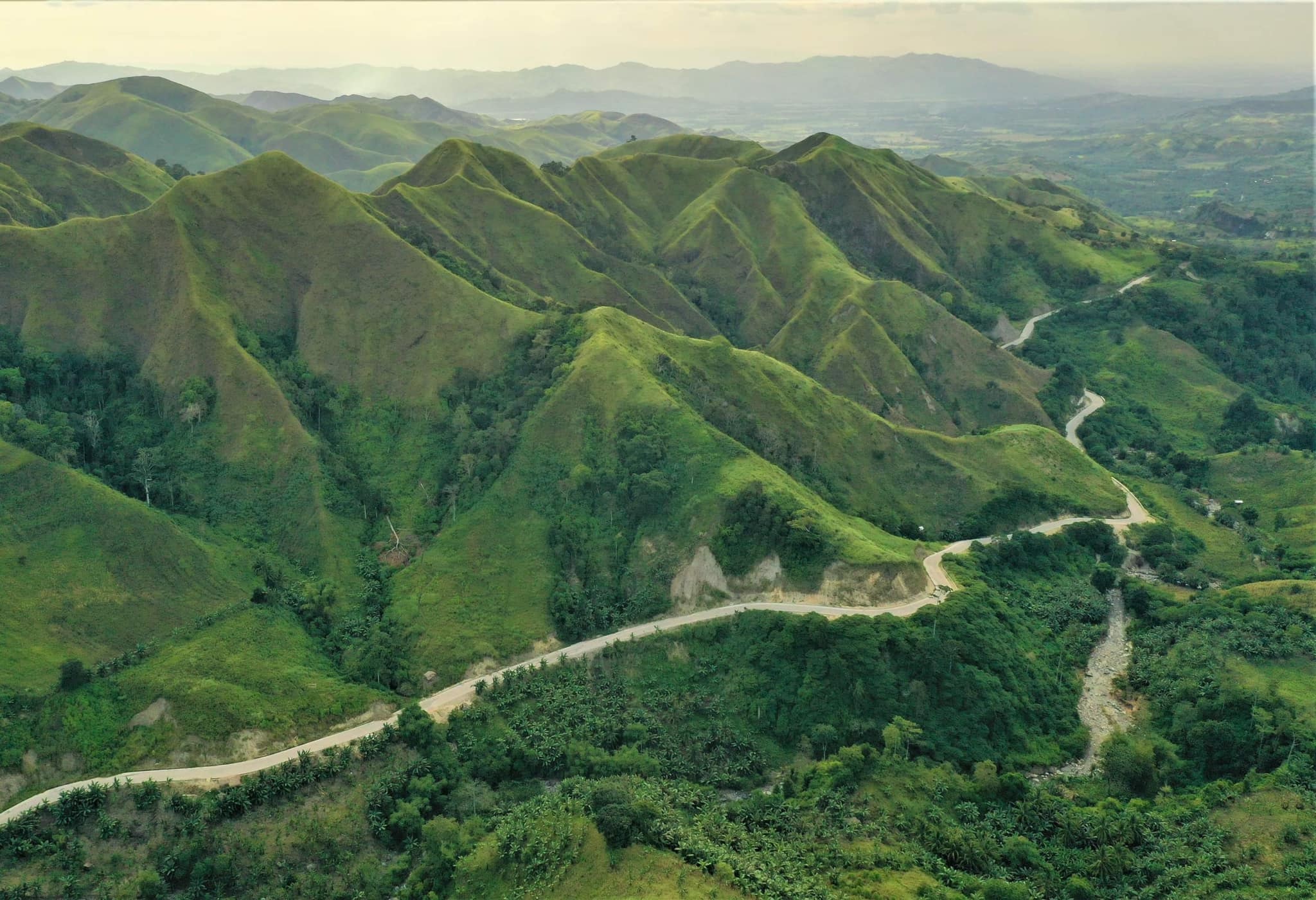OFWs gave high marks to the Duterte administration’s ‘Build Build Build’ program that led to the fast-tracked completion on the construction of over 47,219 infrastructural projects to date.
Of this number, 29,264 km of roads, 5,950 bridges, and 11,340 flood control structures since Duterte began his term in 2016. It also witnessed major improvements across 214 airport and 451 seaport projects.
Continuous construction and infrastructure improvement projects across the country also required millions of manpower, equivalent to the creation of 6.5 million jobs from 2016 to 2020, particularly for engineers and construction workers. During the pandemic, the ‘Build build build’ program also assisted in the creation of 653 COVID-19 facilities around the country.

Dr. Ben Lebig Jr, a corporate business planner, and registered financial planner and analyst states that the ‘Build Build Build’ program increased land, sea, and air connectivity among Filipinos which improved the country’s local trade and tourism industries.
“Build, Build, Build has allowed the Filipinos to witness the completion and the beginning of a number of Infrastructural projects (airports, roads, bridges etc.) during his term. These projects link farmers from far-flung provinces to the cities where they can be utilized by the greater population, thus providing farmers higher income from their produce. Improved road and infrastructures also allow tourism to flourish which we have started to witness prior to the pandemic,” said Dr. Lebig.
Ma. Concepcion Simera, an Abu Dhabi-based pharmacist for the past 14 years, shared that she witnessed huge improvements in the Philippines’ airports and bridges.
“Nakita natin ang pagbabago sa ilan sa mga malalaking infrastraktura kagaya ng mga makabagong airport sa iba’t ibang lugar to ease the volume of the passengers in the main NAIA airport. Napansin ko rin na mas marami nang additional inter-island bridges sa iba’t ibang probinsya at mga urban development highways at mga ruta para mas guminhawa ang daloy ng traffic sa iba’t ibang lugar sa Pilipinas,” said Simera.
The “Build Build Build” program also helped hundreds of thousands of young Filipino students and their teachers to enjoy newly-improved educational facilities. From 2016 to date, the Duterte administration has built 150,149 classrooms, 2,036 school workshop buildings, and other school facilities. Dr. Lebig states that infrastructure improvements for the educational sector jive in conjunction with the shift to a K12 program that started with the Aquino administration.
“The changes made in education such as the transition to the K12 Program and making State Universities/Colleges free are two of his noteworthy accomplishments. A few years ago, the Philippines has entered into the Demographic Sweet Spot (FY2015-2055) where the majority of its citizens belong to the working sector and this will continue for many more years. The implication is that making education available and accessible to as many Filipinos as possible, especially with the demographic that is on its way to becoming economically significant for the country, brings a lot of upside for the Philippines in the coming years,” said Dr. Lebig.

Dr. Lebig added that the ongoing railway projects will only be accomplished beyond Duterte’s term. These include the Metro Manila Subway which only began in 2019 after 40 years; the MRT-7 whose concession agreement was signed in 2008 but only officially began in 2016; the Common Station that has been stalled in 2009 whose construction only began in 2016; the LRT-1 Cavite Extension which has been delayed for 19 years and the Manila-Clark railway that was planned in 1993, both of which only began construction this 2021; and the LRT-2 East Extension project which was recently opened last July 2021. In addition, the MRT-3 has started to undergo comprehensive rehabilitation.
Dr. Lebig noted that starting and committing to the construction of these railway projects should be supported by the next administration for the betterment of the public.
“I understand that the ‘Build Build Build’ project transcends administrations. It is my hope that the next administration would still have massive infrastructure projects be a priority agenda. Taking the example of the UAE – modern transportation systems and solid infrastructures are cornerstones of a steady and gradual economic development,” said Dr. Lebig.




